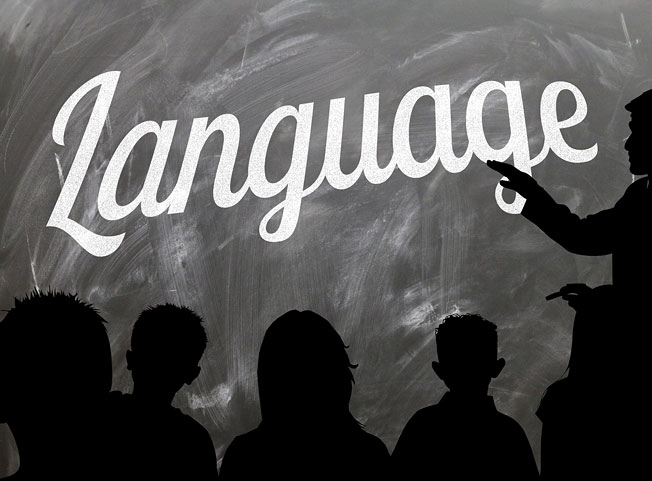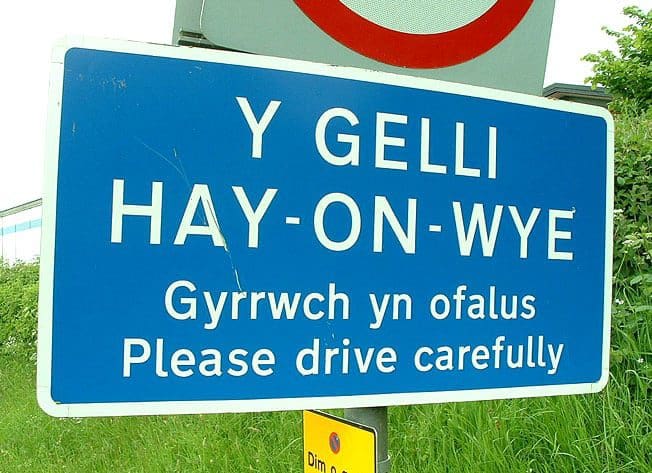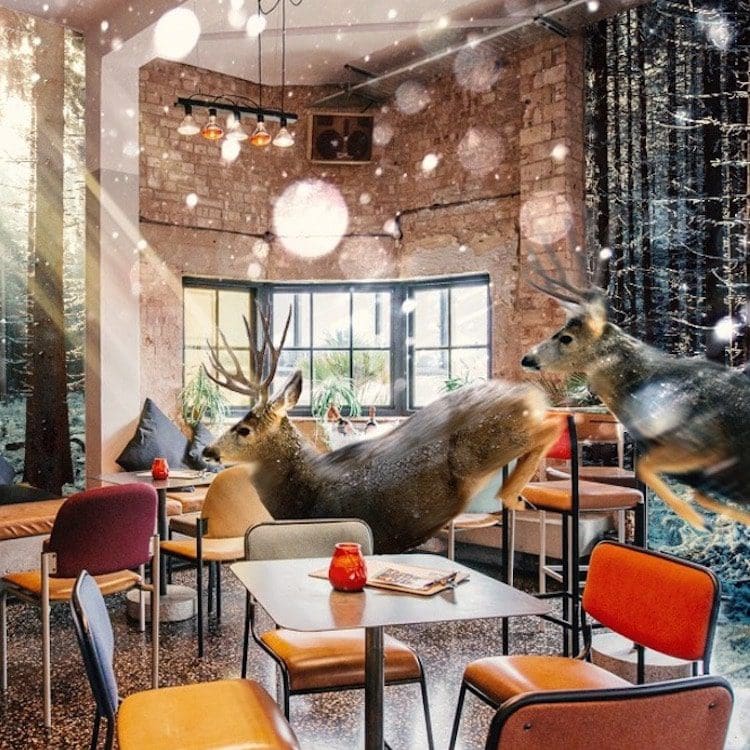Is it always right to save a dying language? – words Alan Woods
Research has found that as many as half of the world’s 7,000 languages could cease to exist by 2100. A shocking statistic, and a frightening trend that campaigners are fighting to reverse.
There has been an effort to record, and therefore preserve, dying languages. David Crystal, author of “Language Death”, argues even this is an expensive undertaking. He calculated that the cost of recording 3,000 endangered languages might run to $575m. In reality, the exact cost of saving a dying language can only be guesstimated, and resources are currently concentrated on only the most urgent cases.
Unfortunately, the loss of many endangered languages is unavoidable, with many having only a handful of living speakers. But what about the rest? How can we as a society decide which ones are worth the substantial funds it takes to save them?
Why do languages die?
The Cambridge Handbook of Endangered Languages identified four primary causes of language endangerment: natural catastrophes, war and genocide, overt repression, and cultural/political/economic dominance of foreign invaders.
Genocide wiped out most of the aboriginal languages of Tasmania. The so-called Black War, conducted by British Colonialists in 19th Century, all but annihilated the island’s indigenous population.
Global warming is the latest deadly threat to languages around the globe. The rising tide has meant that islanders in the Pacific face the prospect of becoming the world’s first environmental-refugees, losing their homes, their communities and their languages.
The indigenous people of the Americas have had their languages threatened significantly over the last few hundred years as their people have been forced, either by policy or economic depravity, to learn a European language.
As tragic as these examples are, they may not be the biggest threat to endangered languages. Globalisation, and the increasing importance of languages such as English, Mandarin and Spanish mean that many languages not considered economically valuable are left unspoken.
Despite what you might think, dying languages aren’t confined to far off lands besieged by war and global warming. According to Ethnologue, 52 of Europe’s 287 languages are dying and a further 50 are in danger. The UK has 11 languages on UNESCO’s endangered language list, 2 of which are categorised as ‘critically endangered’.
What do these languages offer businesses?
Endangered languages often offer an insight into the past, and are culturally and historically important. For many indigenous people, their languages represent a route to their ancestry and traditions, something that is derived from them.
But is the reason many are dying out is that they’re simply no longer useful for practical use? Although endangered languages are undoubtedly valuable to mankind, they are often perceived in a globalised world as lacking economic value.
According to translation experts London Translations, this isn’t necessarily the case. Some businesses are using endangered languages to engage with the local population by delivering a message in their native language. They state that “companies who do business in Wales, Ireland and/or Scotland, will know that in many industries having someone in your company with Welsh and/or Gaelic language skills can set you apart from other businesses.”
These claims are backed up by collaborative research led by the Highlands and Islands Enterprise (HIE), they concluded that the potential economic value of Gaelic could be anything from £81.6m to £148.5m a year. As part of the research they also consulted local businesses, 70% of which said that Gaelic was an asset to their activities.
What is the cost of fostering a language’s use?
Although the threat to many in endangered languages is imminent, and in many cases irreversible, declining languages can be saved. You only have to look at the Irish language. The language was once considered dying, however the number of speakers from 2006 to 2011 actually rose by 7.1%
How did this happen? Well, with a significant amount of funding for educational courses and a determination to keep the language in use. Irish still faces an uphill battle, but government funding has seen significant victories, some even describing it as a ‘mini-revival’. But what if the public doesn’t want to save the language, how then can the spending be justified?
The Welsh language, in stark contrast to Irish, actually saw the number of speakers drop from 582,000 in 2001 to 562,000 in 2011. To tackle this decline, Carwyn Jones, the first minister at the National Eisteddfod, has introduced reforms aimed at increasing the number of Welsh speakers to 1,000,000 by 2050.
However, is their a point where the amount spent restoring threatened languages far exceed the cost of losing them in the first place? Like Ireland, Wales teach their native language at every tier of the education system; there’s road signs, radio stations and Welsh television. Yet, the Welsh language is still declining. Speaking in The Tab, Oli Dugmore argues that there are more pertinent areas to spend the money on, such as eradicating poverty in Wales.
This argument is supported by the news story that plans for Scottish-Gaelic road signs could cost the taxpayers of Aberdeen millions of pounds despite only 1% of the population speaking Gaelic. For governments, there’s a fine line between being accepting of minority groups and their languages and throwing money at a lost cause. What is for sure is that the only way to save languages is by finding a way to make them genuinely economically useful once more.
Is it always right to save a dying language? – words Alan Woods












